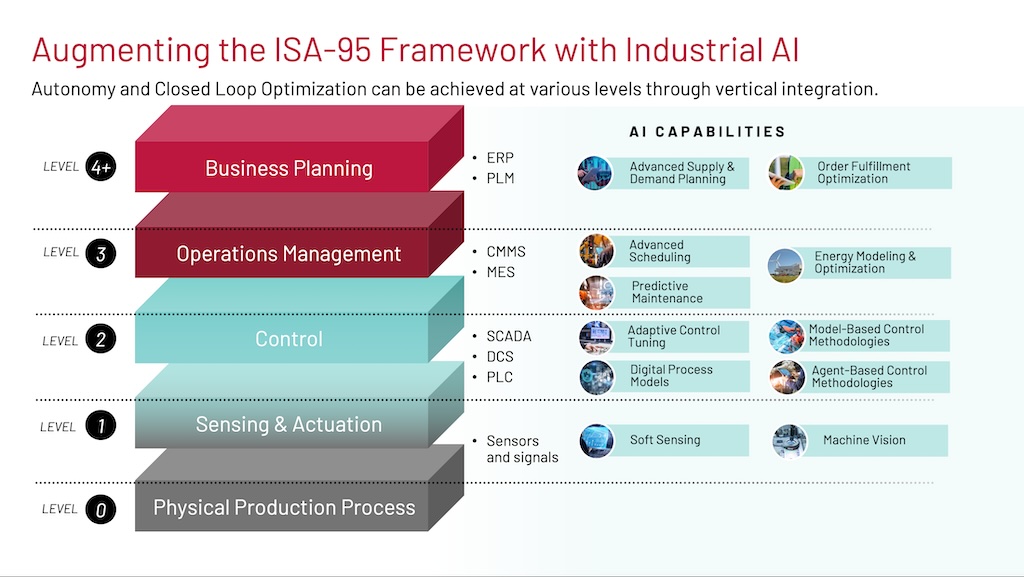China’s market for industrial robots is estimated to rise to $1.3 billion in 2017.

China’s market for industrial robots is estimated to rise 10 percent from $810.4 million in 2012, according to a new report from IHS.
An estimated more than 29,000 industrial robots were sold in China in 2012, with unit shipments to increase by about 13 percent per year from 2013 to 2017, IHS said. By 2017, industrial robot unit shipments will reach more than 52,000 units.
“The growth rate for revenue is less than that of unit shipments because of the expanding market, fierce competition and technical advances lead to the price erosion,” said Jay Tang, industrial automation analyst for IHS.
Articulated robots are the largest segment by robot type, accounting for 87 percent of the total market in 2012, and it is predicted to remain so through 2017. Most of these robots will be used for welding applications in the automotive sector.
From 2012 to 2017, revenues generated from selective compliance assembly robot arm (SCARA) robots are forecast to grow the fastest because the industries in which they are used are facing labor shortages and rising labor costs. Food and beverage, consumer electronics, and electronics/electrical are three of the most labor-intensive industries, and robots are being used more in these areas.
Some articulated robot suppliers, in particular, are entering these areas with high performance-price ratio and flexible products. SCARA robot suppliers will continue to dominate here because of their lower prices, as well as experience and industry knowledge.
Meanwhile, the market for linear robots is fragmented given the limited technology content of the machines and because of their low robot prices. Linear robots are used to do work including handling operations, simple assembly and simple machining. There are many market leaders in niche markets, including rubber and plastics, electronics and metal processing.
For their part, parallel robots are used to quickly pick up and assemble light payloads in the food/beverage/personal care and electronics industries. This market is very small and very few suppliers currently exist for this robot type.
Some international suppliers believe that parallel robots will be replaced by articulated types because the latter are getting faster. Still, establishing economies of scale here is difficult because the price of parallel robots is higher than that of other robots, even though some suppliers are developing new applications, such as polishing.
At the other end of the spectrum, the market for cylindrical robots is decreasing because of their limited dexterity. As articulated robot sizes and prices decrease, they offer greater dexterity at competitive prices. A further breakout for cylindrical robots is not included in the report covering the overall subject.
Finally, for dual-arm robots, not many manufacturers have these machines available for commercial use, and no dual-arm robots were sold in China in 2012. IHS predicts that production of industrial robots in China will start with low-end applications, and as dual-arm robots are high-end products, they are unlikely to be produced from 2013 to 2017.
– Edited by Jessica DuBois-Maahs, Associate Content Manager, CFE Media, Plant Engineering, Control Engineering



